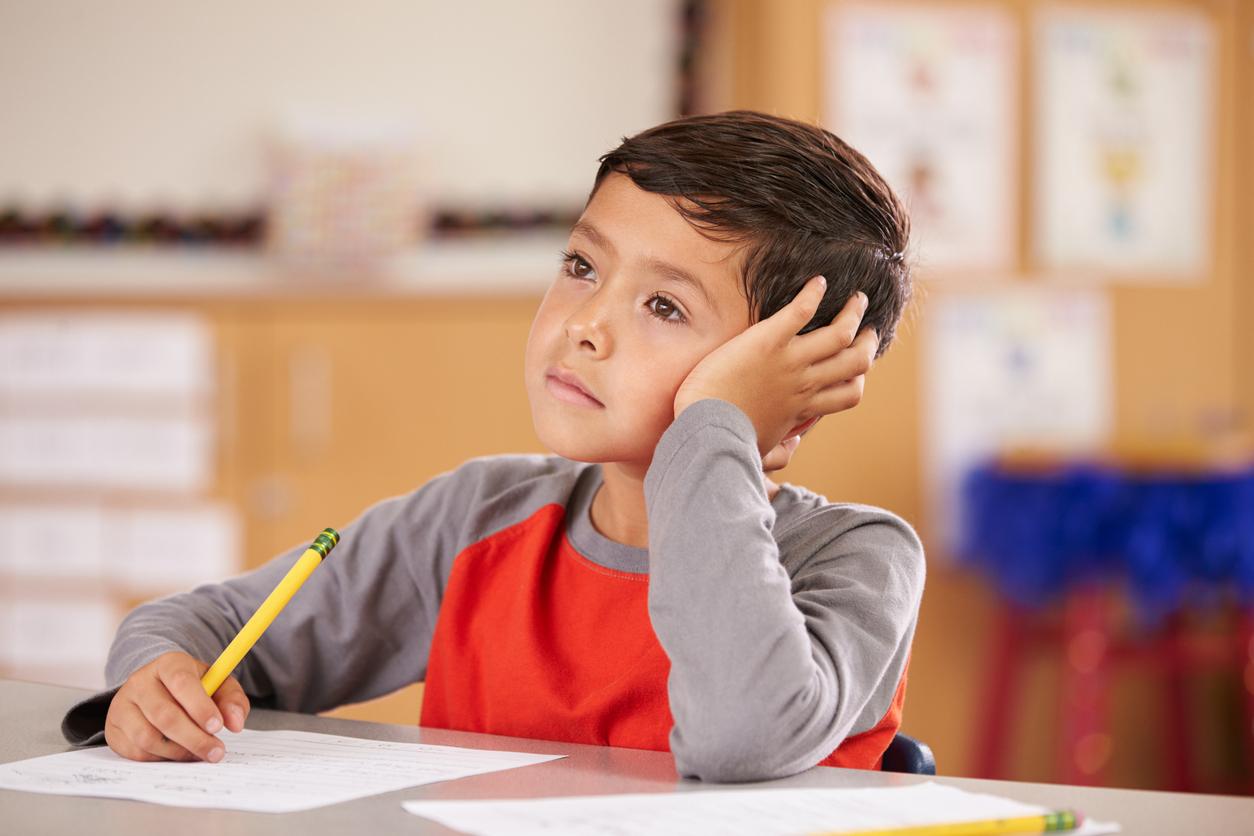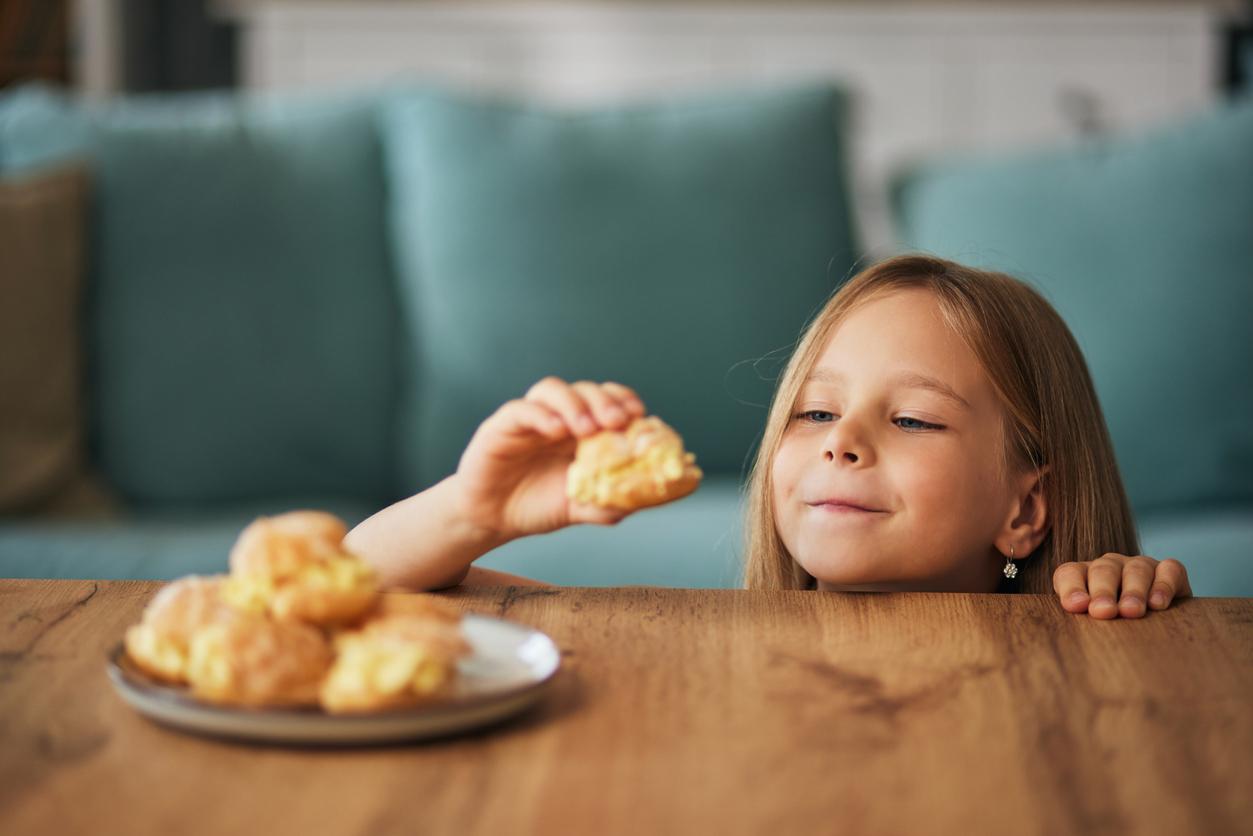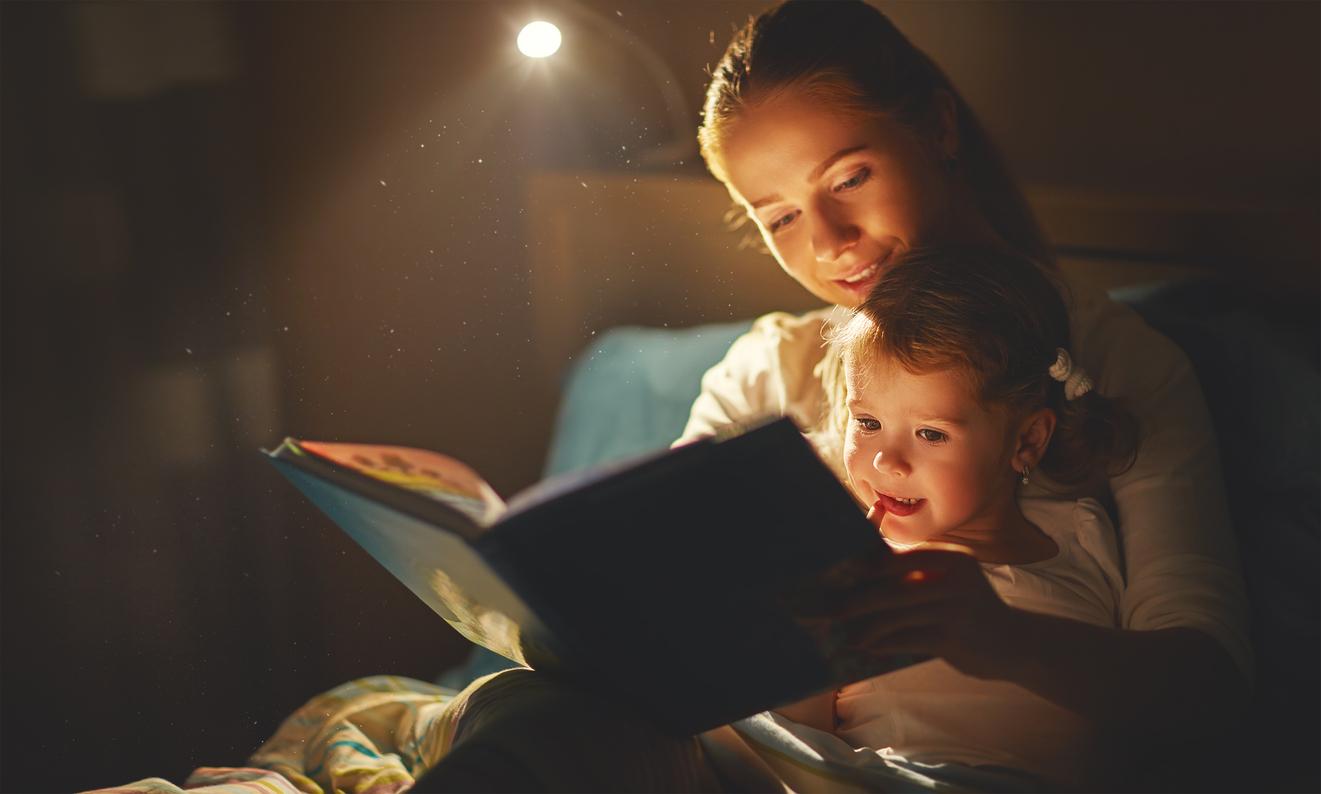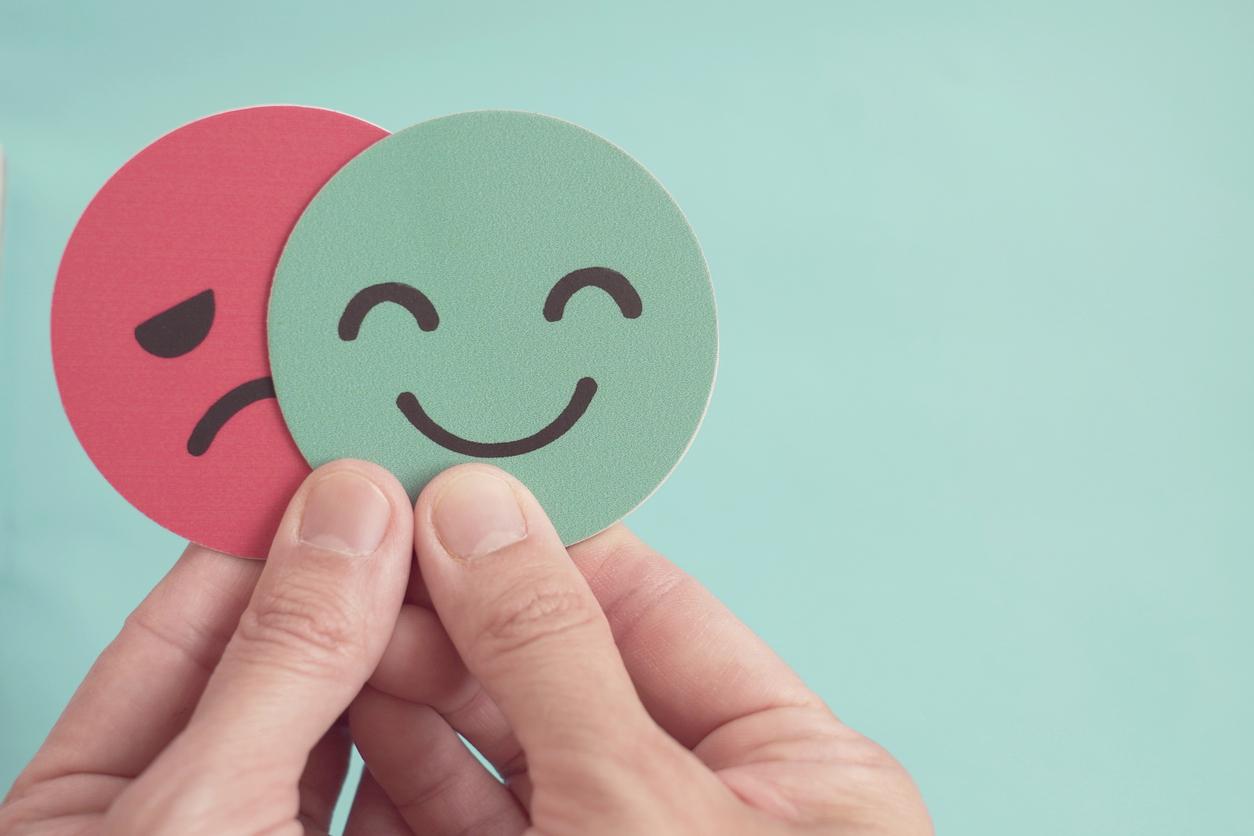The masks would not prevent children from discerning the emotions of their interlocutor.

- In an experiment mixing masked and unmasked people, the children managed to recognize the majority of the emotions of the protagonists.
- The authors of the study assure that the masks do not hinder good communication.
On November 9, a teacher in a college in Oise was suspended by the rector of the Academy of Amiens for refusing to wear her mask in class. A choice that the French teacher justifies for pedagogical reasons, judging it incompatible with learning and communication. A new study, published on November 15 in the journal JAMA Pediatricssuggests, however, that wearing a mask does not hide emotions from children who manage to distinguish the joy, sadness or anger of their interlocutor.
The majority of children recognize emotions
For the study, the researchers observed 300 children between the ages of 3 and 6. They showed them 90 images featuring actors expressing different emotions. In half of the images, the actors wore masks.
The children managed to correctly identify the emotions of the actors, whether or not they were wearing a mask, in most cases. Overall rates of successful emotion reading were over 67% when the actors wore masks and over 70% when they did not. Older children had higher success rates. About a quarter of preschoolers had more difficulty distinguishing sadness from anger, and about 21% sometimes confused joy with anger or sadness.
Emotions, not the only means of communication
The authors point out that the results challenge concerns raised by some that the use of face masks in schools can harm the development of young children, as the teacher in the Oise may have feared. “Even with masks worn, small children can make reasonable inferences about the emotions of others”, told CNN Ashley Ruba, expert in developmental psychology at Child Emotion Lab from the University of Wisconsin-Madison, which was not involved in the study.
Moreover, emotions are not the only means of communication. “I like to point out that the face is not the most important way to communicate our emotions, it is only a wayabounds Ashley Ruba. We also use tone of voice, we have body posture, we have other types of contextual cues that children and adults can use to understand how people are feeling,” Ruba said.
.














